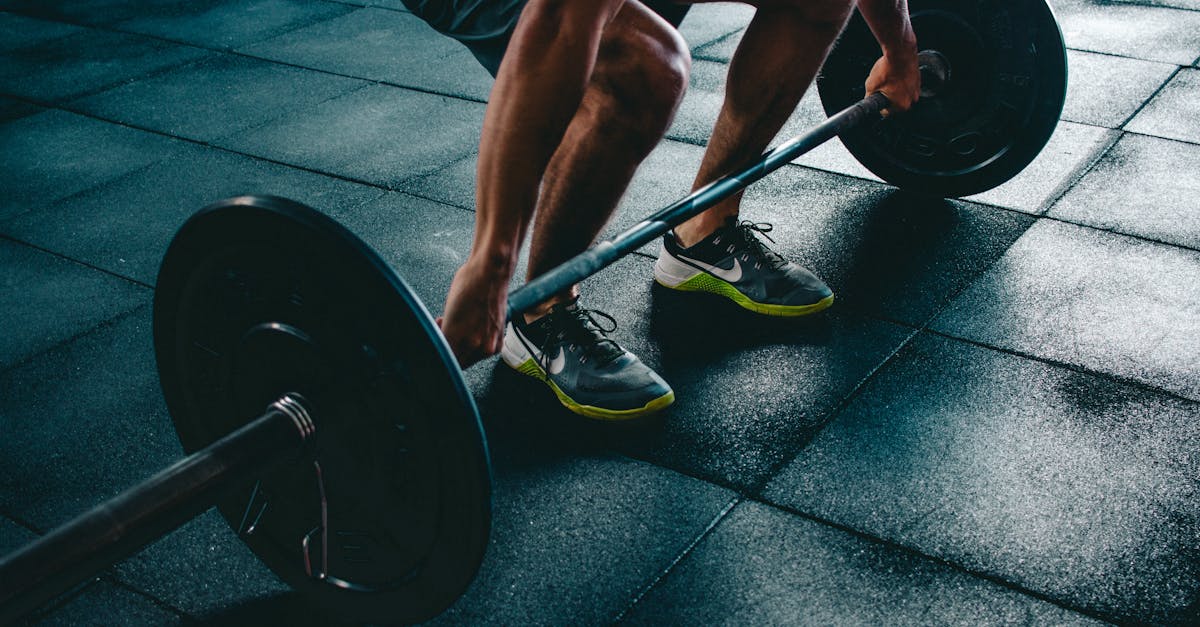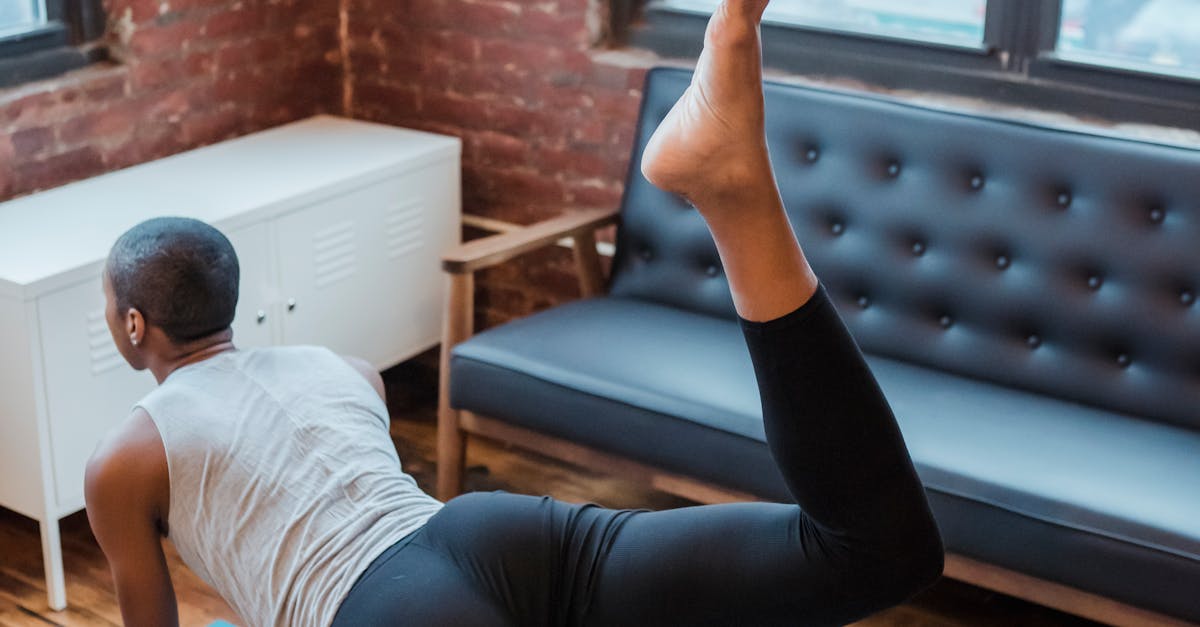Understanding the Interplay Between Glutes and Hip Flexors
The Dynamic Duo: How Glutes and Hip Flexors Shape Our Movement

From graceful strides to effortless posture, the harmonious interplay between our glutes and hip flexors underpins our every movement. Understanding this intricate partnership is key to unlocking optimal hip health and mobility. This article delves into the vital roles of these muscle groups, exploring their interconnectedness and offering practical strategies to enhance their function.
The glutes, comprising the maximus, medius, and minimus, serve as the powerhouses of movement, stabilizing the pelvis, extending the hip, and enabling everyday activities from walking to climbing stairs. On the other hand, the hip flexors, primarily the iliopsoas and rectus femoris, act as gatekeepers of hip mobility, facilitating hip flexion, knee bending, and overall range of motion.
The synchronized actions of glutes and hip flexors create a delicate balance around the hip joint. Their coordinated efforts stabilize the hip during movement, ensuring smooth transitions and preventing imbalances that can lead to discomfort or injury. Understanding the interdependence of these muscle groups empowers us to develop targeted exercise programs that promote harmonious function, enhancing mobility, and safeguarding hip health.
1. The Role of Glutes: Powerhouse of Movement
The gluteal muscles, comprising the gluteus maximus, medius, and minimus, form a powerful trio that plays a pivotal role in stabilizing the pelvis, extending the hip, and driving everyday movements. The gluteus maximus, the largest and most superficial of the three, generates the force necessary for hip extension, allowing us to extend our legs backward and perform actions such as climbing stairs, running, and jumping. It also contributes to external rotation of the hip, helping to stabilize the pelvis during walking and other weight-bearing activities.
The gluteus medius and minimus, located deeper beneath the maximus, are responsible for abducting the hip, moving the leg away from the body’s midline. This action is crucial for maintaining balance during standing and walking, as well as for performing movements like side leg raises and squats. Together, these muscles work in synergy to control and stabilize the hip joint, ensuring smooth and efficient movement.
Beyond their involvement in isolated hip movements, the glutes also play a significant role in複合運動, such as squats, lunges, and deadlifts. These exercises engage the glutes alongside other major muscle groups, highlighting their importance in overall lower body strength and athletic performance. By understanding and strengthening the gluteal muscles, we can enhance our mobility, reduce the risk of injury, and improve our overall physical well-being.
2. Hip Flexors: Gatekeepers of Hip Mobility

The hip flexors, primarily comprising the iliopsoas and rectus femoris muscles, are responsible for initiating hip flexion, bringing the thigh towards the body. The iliopsoas muscle originates from the spine and pelvis, and inserts onto the lesser trochanter of the femur. It primarily acts to flex the hip joint, but also assists in external rotation and lateral flexion of the hip. The rectus femoris, on the other hand, originates from the pelvis and inserts onto the patella (kneecap), crossing both the hip and knee joints. It not only flexes the hip but also contributes to knee extension, making it a key player in movements like walking, running, and kicking.
Together, the iliopsoas and rectus femoris orchestrate a wide range of movements, including walking, running, cycling, and climbing stairs. They are also essential for maintaining an upright posture and stabilizing the pelvis during everyday activities. Weak or tight hip flexors can lead to imbalances and discomfort in the hip and lower back, highlighting their importance in overall mobility and well-being.
Understanding the role of hip flexors extends beyond isolated hip movements. They are integral to複合運動, such as squats, lunges, and deadlifts, where they work in synergy with other muscle groups to generate power and control movement. By strengthening and maintaining flexible hip flexors, we enhance our athletic performance, reduce the risk of injury, and improve our overall functional mobility.
3. Glute and Hip Flexor Interdependence
The glutes and hip flexors, while distinct muscle groups, are intricately connected in their functions, forming a dynamic partnership that governs hip movement, stability, and overall mobility. Their coordinated actions stabilize the hip joint, enabling efficient movement patterns and preventing imbalances that can lead to pain and injury.
During hip extension, the glutes generate the necessary force to move the thigh backward, while the hip flexors eccentrically contract to control the downward movement and prevent excessive hip extension. This coordinated effort ensures smooth and controlled hip extension, as seen in activities like walking, running, and kicking. Conversely, during hip flexion, the hip flexors initiate the movement by bringing the thigh towards the body, while the glutes eccentrically contract to stabilize the hip joint and prevent excessive anterior pelvic tilt. This interplay is crucial for activities like sit-ups, leg raises, and cycling.
Maintaining a balance between strong and flexible glutes and hip flexors is essential for optimal hip health. Weak or tight glutes can lead to excessive anterior pelvic tilt and lower back pain, while weak or tight hip flexors can contribute to hip pain and reduced mobility. By understanding the interdependence of these muscle groups and incorporating exercises that target both, we can promote harmonious function, reduce the risk of injury, and enhance our overall physical performance.
4. Strategies to Improve Glute and Hip Flexor Health

Maintaining healthy and functional glutes and hip flexors is crucial for optimal hip health and mobility. Here are some effective exercises and lifestyle practices to enhance their function:
Exercises:
- Glute bridges: Lie on your back with your knees bent and feet flat on the floor. Lift your hips towards the ceiling, squeezing your glutes at the top. Lower back down and repeat.
- Squats: Stand with your feet hip-width apart. Bend your knees and lower your body as if sitting back into a chair. Keep your chest up and your knees aligned with your toes. Return to the starting position and repeat.
- Lunges: Step forward with one leg and bend both knees. Keep your front knee aligned with your ankle and your back knee close to the ground. Push off with your front leg and return to the starting position. Repeat with the other leg.
- Hip flexor stretch: Kneel on one knee and place your other foot flat on the floor in front of you. Lean forward and gently push your hips forward until you feel a stretch in your hip flexors. Hold for 30 seconds and repeat with the other leg.
Lifestyle Practices:
- Maintain a healthy weight: Excess weight can put strain on your glutes and hip flexors, leading to pain and mobility issues.
- Stretch regularly: Incorporate regular stretching into your routine to improve flexibility and range of motion in your glutes and hip flexors.
- Engage in regular physical activity: Regular exercise helps strengthen your glutes and hip flexors, promoting overall hip health and mobility.
- Use proper posture: Pay attention to your posture when sitting, standing, and walking to avoid putting unnecessary strain on your glutes and hip flexors.
5. Conclusion: A Holistic Approach to Hip Health
Maintaining balanced and healthy glutes and hip flexors is paramount for overall hip health, injury prevention, and improved mobility. These muscle groups play crucial roles in stabilizing the hip joint, facilitating movement, and promoting overall well-being.
By addressing both muscle groups through targeted exercises and lifestyle practices, we can enhance hip function and reduce the risk of pain and discomfort. Strong and flexible glutes and hip flexors contribute to efficient movement patterns, improved athletic performance, and a reduced risk of falls. They also support good posture, which can alleviate lower back pain and improve overall physical well-being.
A holistic approach to hip health involves understanding the interdependence of glutes and hip flexors and incorporating strategies that strengthen and maintain both muscle groups. This approach not only improves hip mobility and stability but also contributes to overall physical fitness and quality of life. By prioritizing the health of our glutes and hip flexors, we invest in our long-term mobility, reduce the risk of injury, and enhance our overall well-being.
Quiz
1. Which of the following muscles is NOT a gluteal muscle?
(a) Gluteus maximus (b) Gluteus medius (c) Gluteus minimus (d) Hamstring
2. True or False: The hip flexors are responsible for extending the hip.
3. Which of the following exercises is NOT recommended for strengthening the glutes?
(a) Squats (b) Lunges (c) Bicep curls (d) Glute bridges
4. True or False: Maintaining strong and flexible hip flexors can help prevent lower back pain.
5. What is the primary function of the gluteus maximus muscle?
(a) Hip flexion (b) Hip extension (c) Hip abduction (d) Hip adduction
Answer Key
- (d) Hamstring
- False
- (c) Bicep curls
- True
- (b) Hip extension
